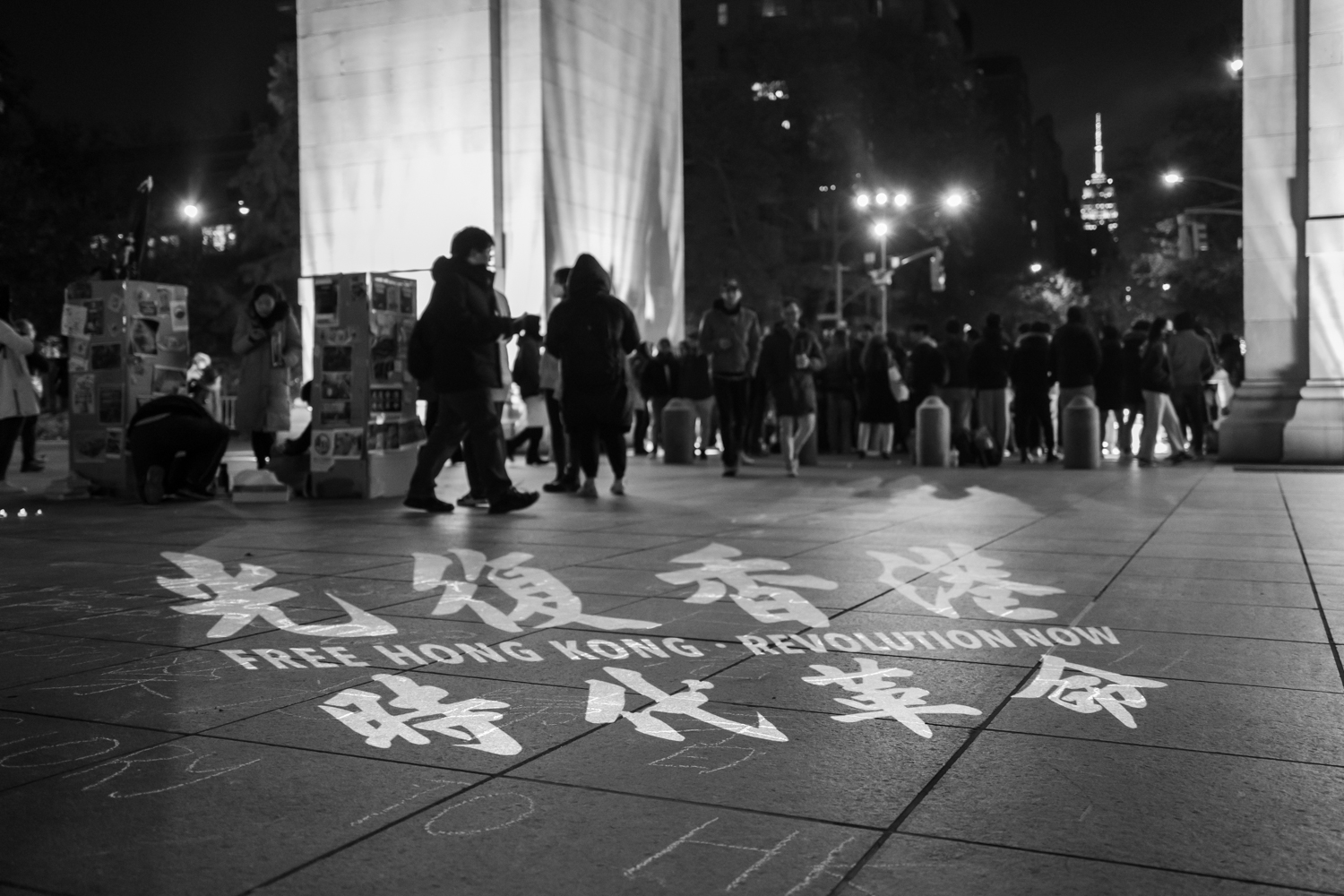Editor’s note: WSN has chosen to withhold the name of the photographer who wrote this essay in the interest of their safety. The opinions expressed in this essay are those of the photographer.
Unity for Hong Kong ignites in the darkness
A photographic documentary of a vigil commemorating the 2019 Hong Kong university sieges in Washington Square Park.
November 20, 2022
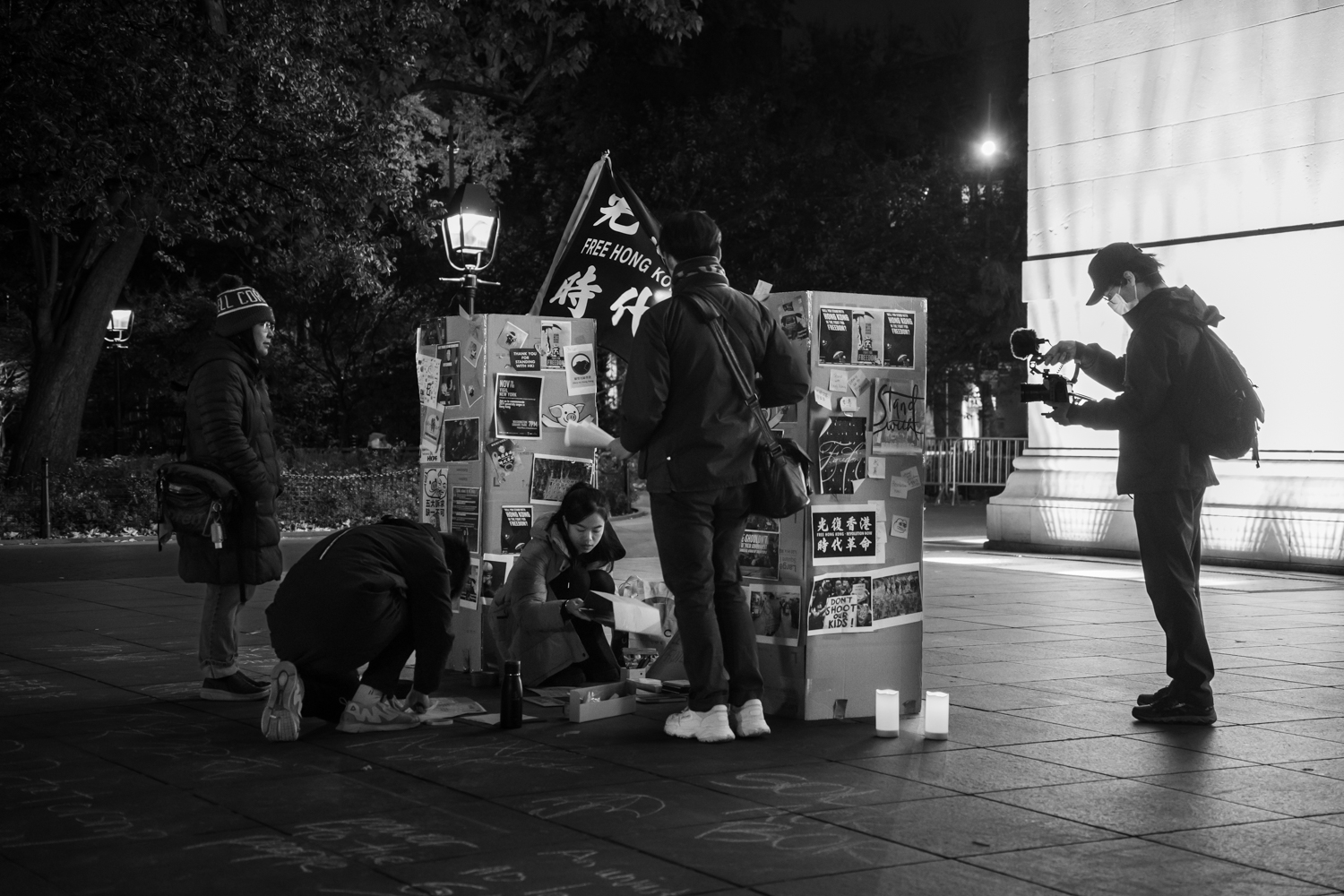
It was a freezing Friday in November — even by New York standards — as a small group of people gathered under the Washington Square Arch. In the frosty wind, they began assembling two cardboard columns with posters and sticky notes. Chalk sticks were handed out. Pro-democracy slogans in Mandarin were scratched into the ground. Conversing in English, Mandarin and Cantonese, participants laid out boxes of small candles.
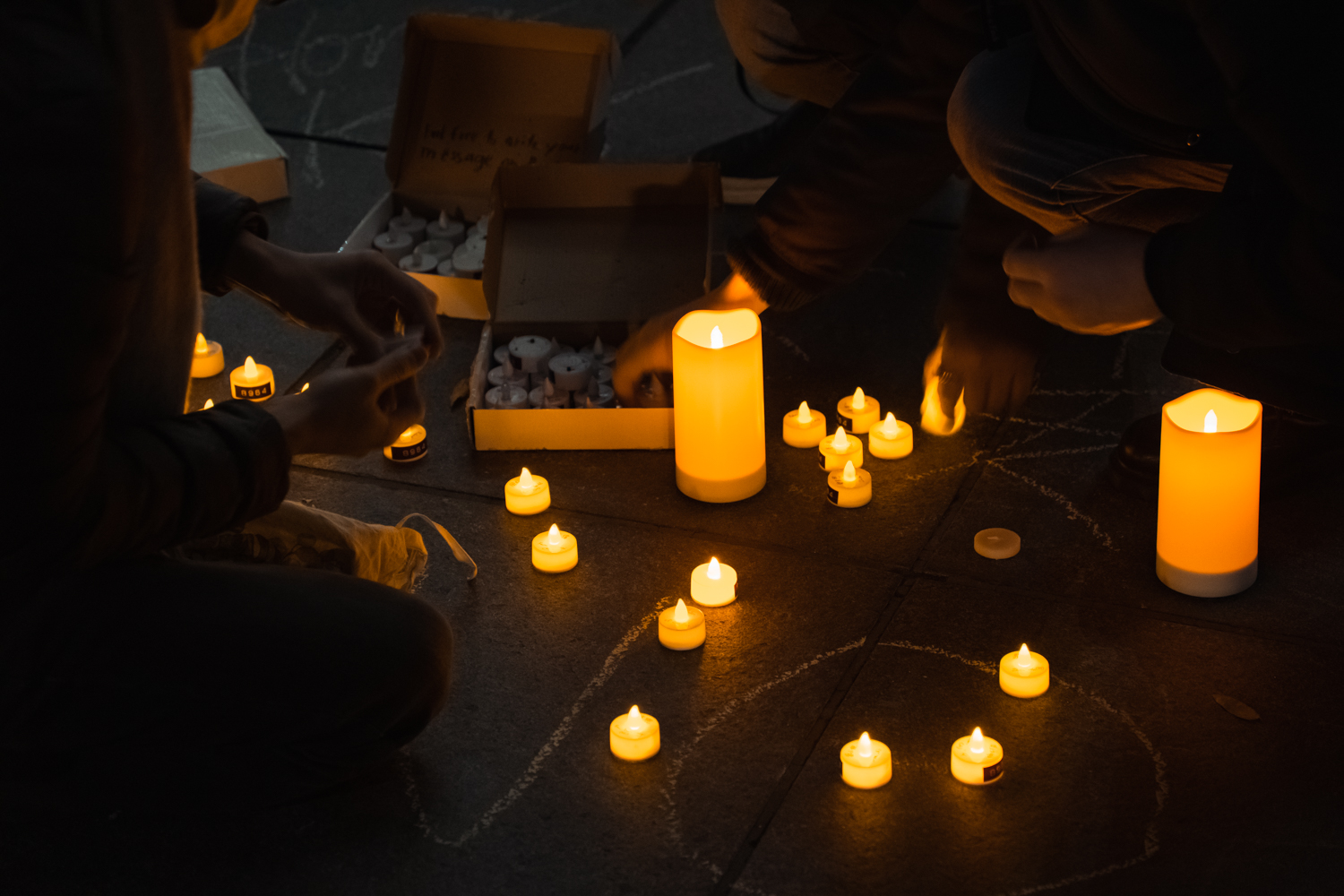
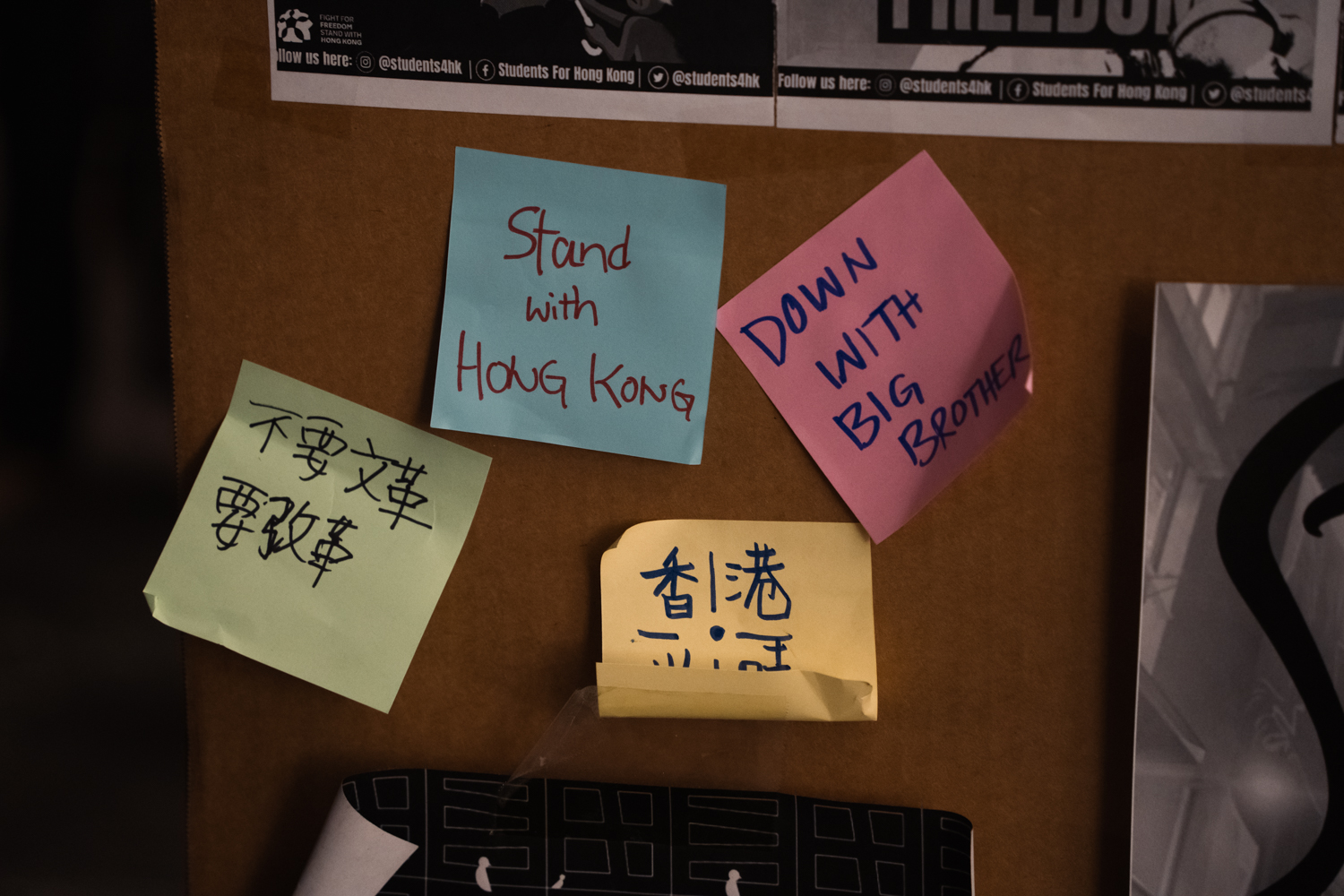
The vigil was one of a series of memorial events held by NYU’s Hong Kong Student Advocacy Group and the nationwide Students For Hong Kong activist group. Together, they commemorated the three-year anniversary of Hong Kong’s university sieges, during which police in Hong Kong clashed violently with the protestors at two prominent institutions. The sieges caused hundreds of injuries. Over a thousand people were arrested, marking one of the darkest stages of the protests for the movement against changes to Hong Kong’s extradition law.

As the vigil proceeded, organizers read the names of protestors captured and sentenced after the protests. The list felt endless. The speaker’s voice faded into the gusts of wind blowing through the arch. Attendees stood in a circle, silently staring at an arrangement of candles arranged into the shape of the letters “HK.”
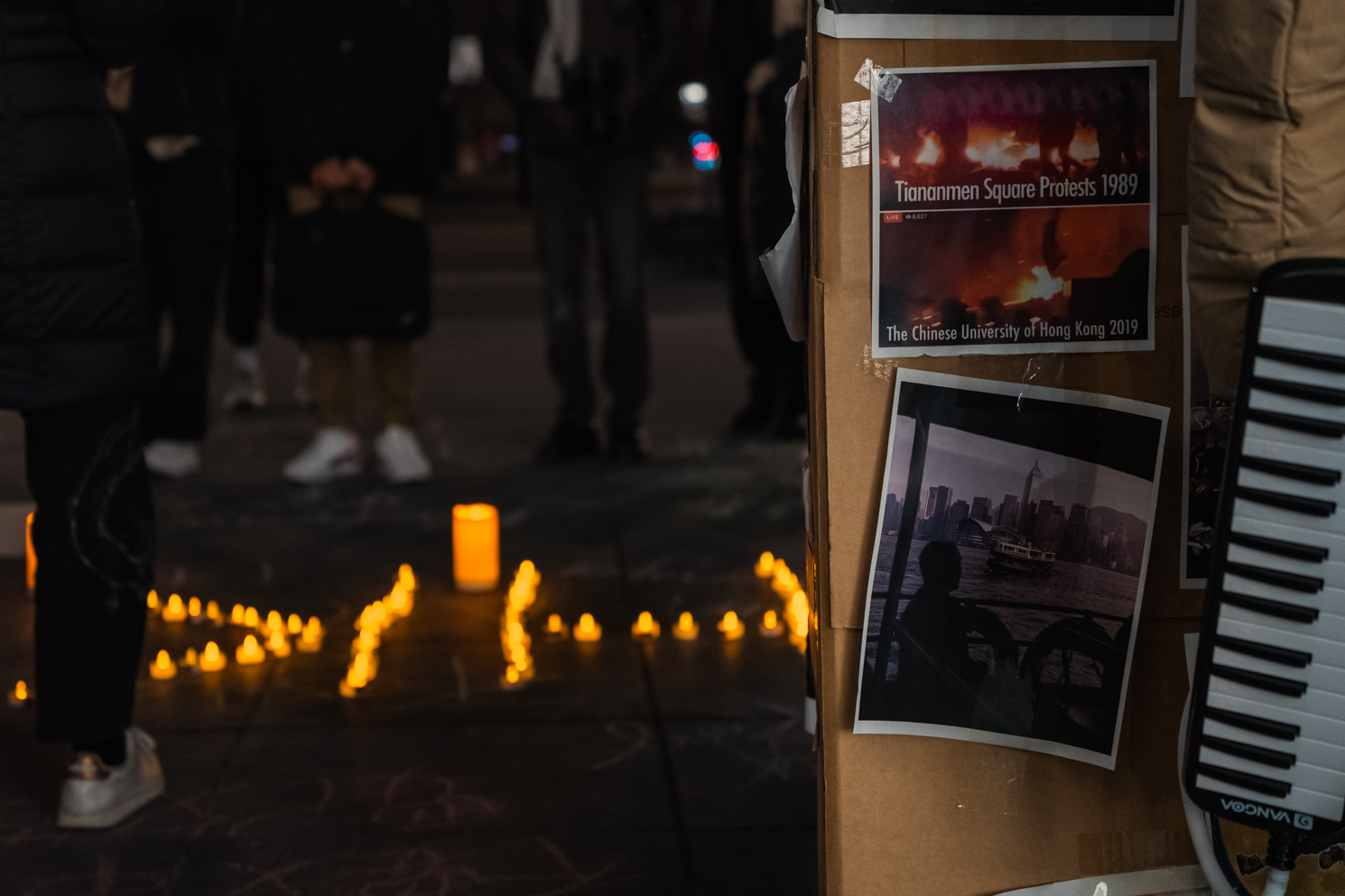
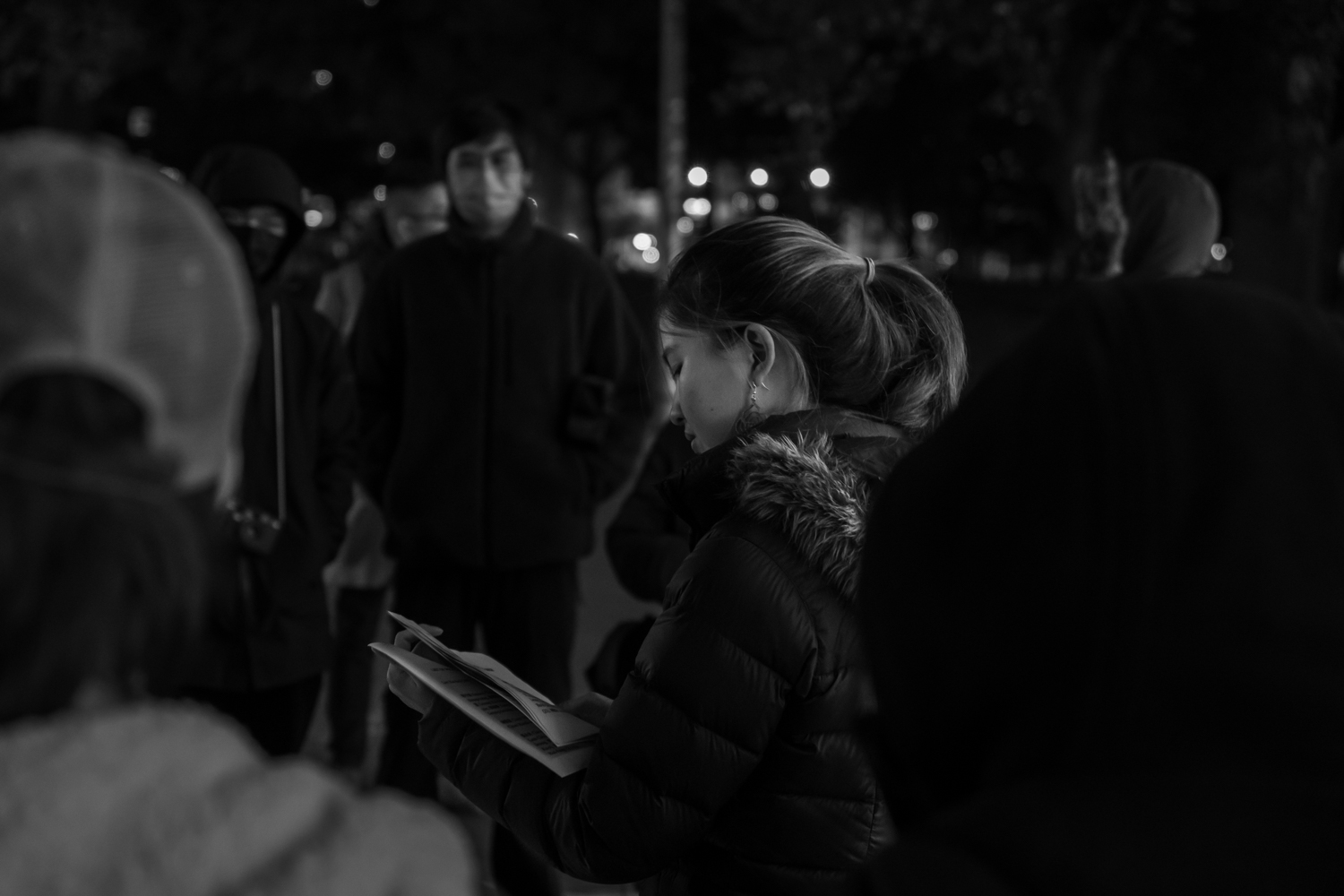
On her melodica, one of the organizers played “Glory to Hong Kong,” the protest march that was adapted into the unofficial anthem for the university protests, as the rest sang along.
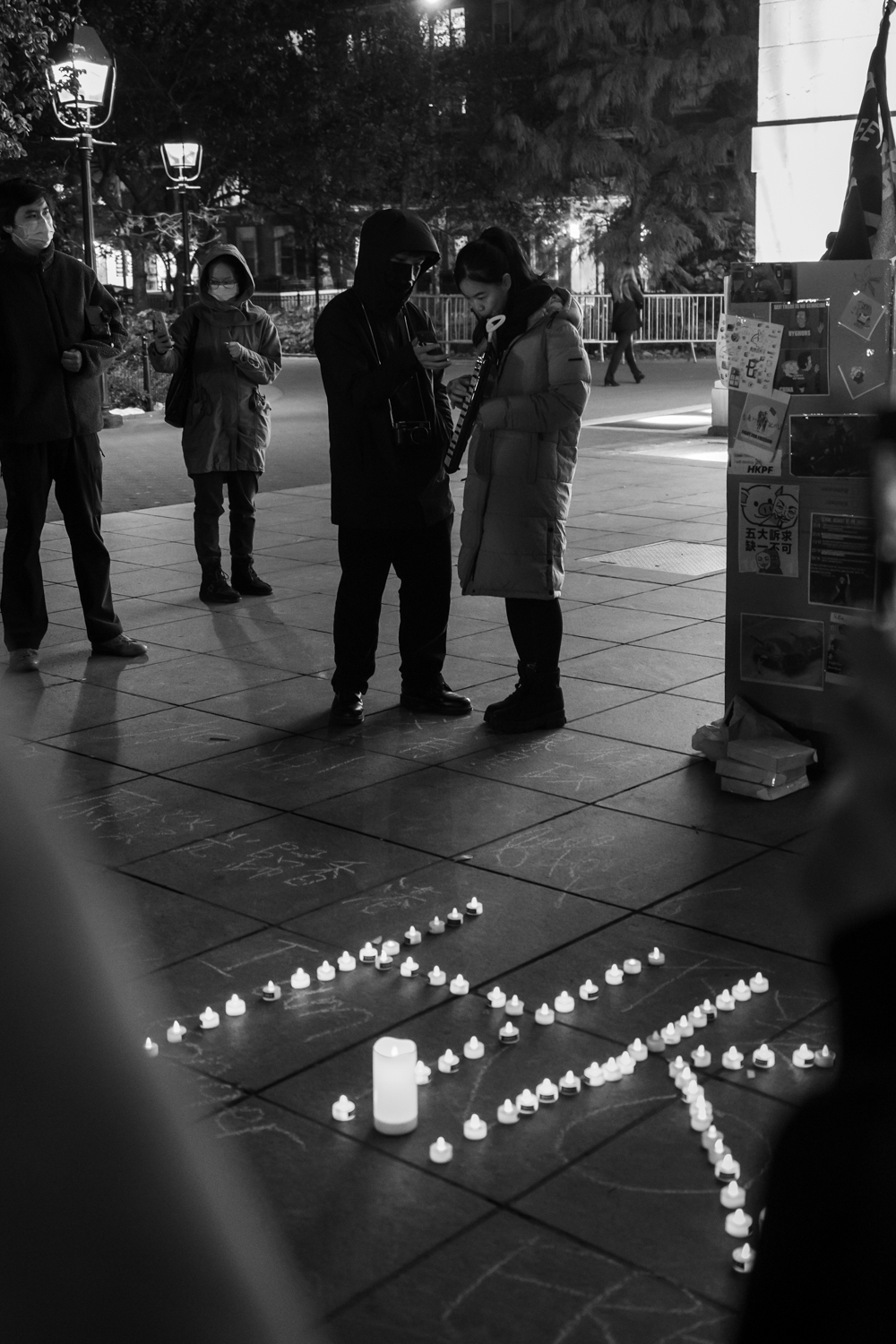
Some people gathered at the vigil not only to commemorate those harmed in the sieges, but also to pay tribute to the lone protester who hung banners at Sitong Bridge in Beijing last month. That protester triggered widespread outcry against the Chinese government’s COVID-19 restrictions, as well as calls for international attention toward allegations that the regime has shown a willful disregard for human rights. The name of the bridge has since become a symbol of dissent for the Chinese diaspora.
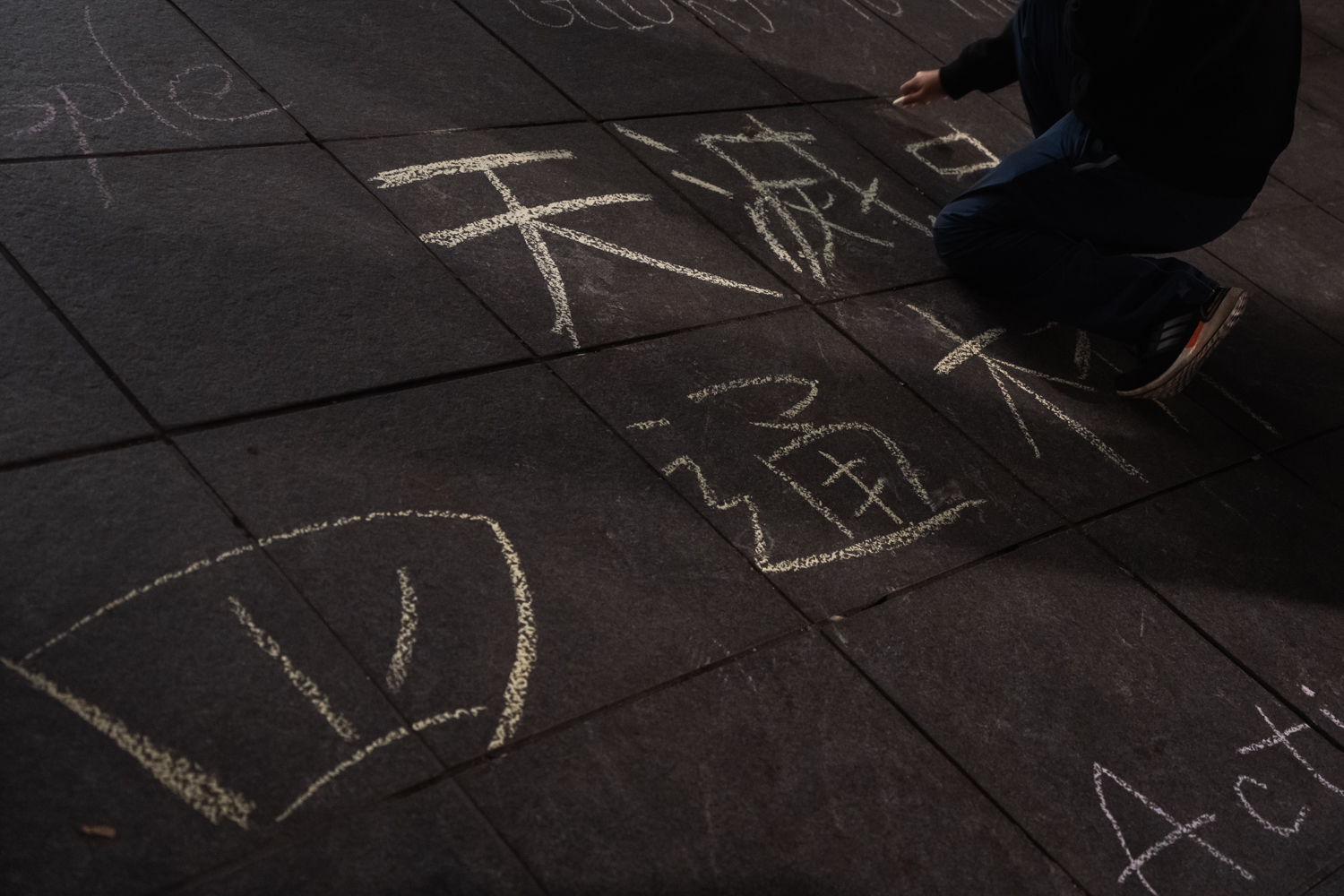
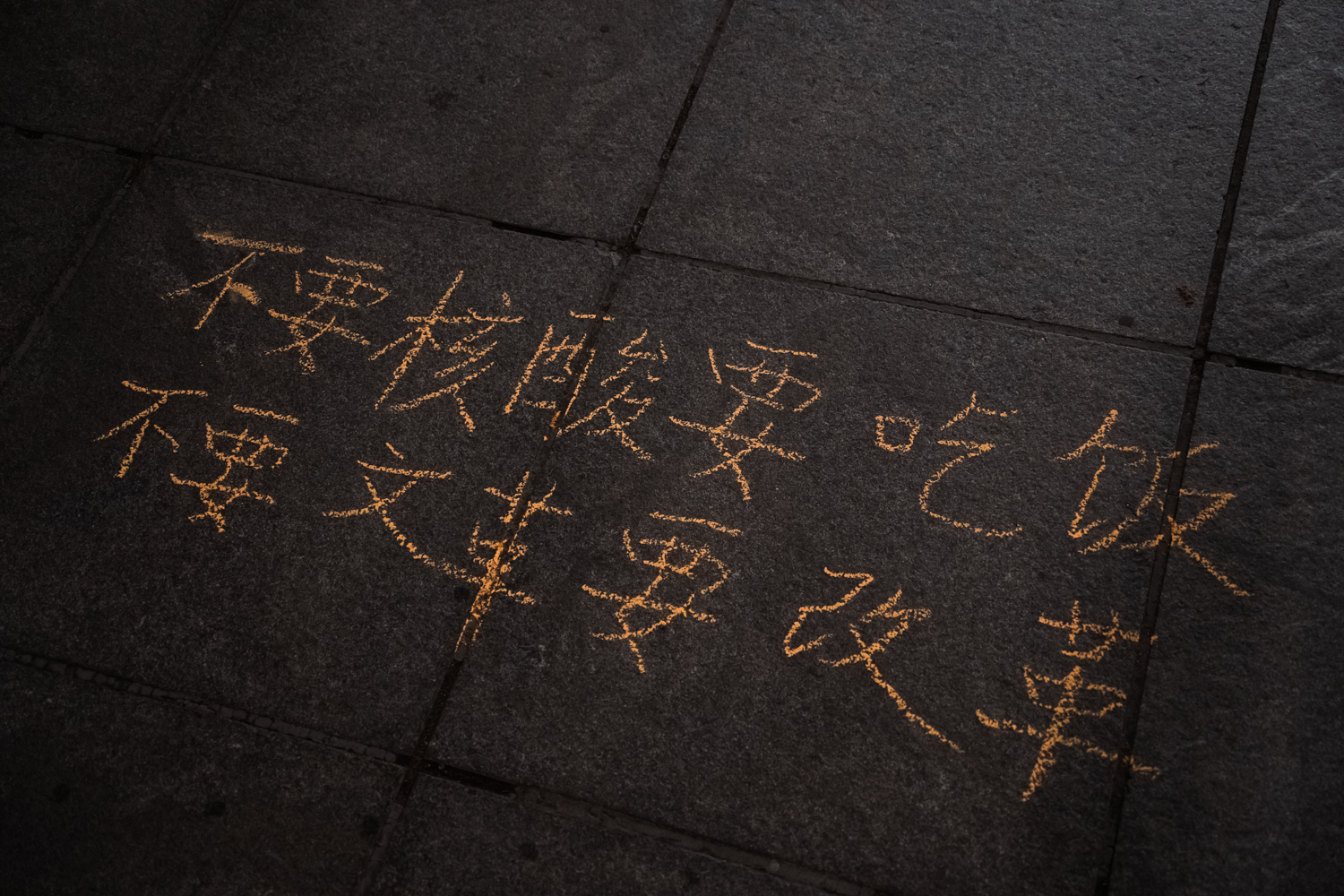
The protesters fought for different causes, but their values and goals transcended differences and converged in this foreign land. In Washington Square Park, a determined group of people countervailed a propaganda machine thousands of miles away.
Contact WSN at [email protected].

